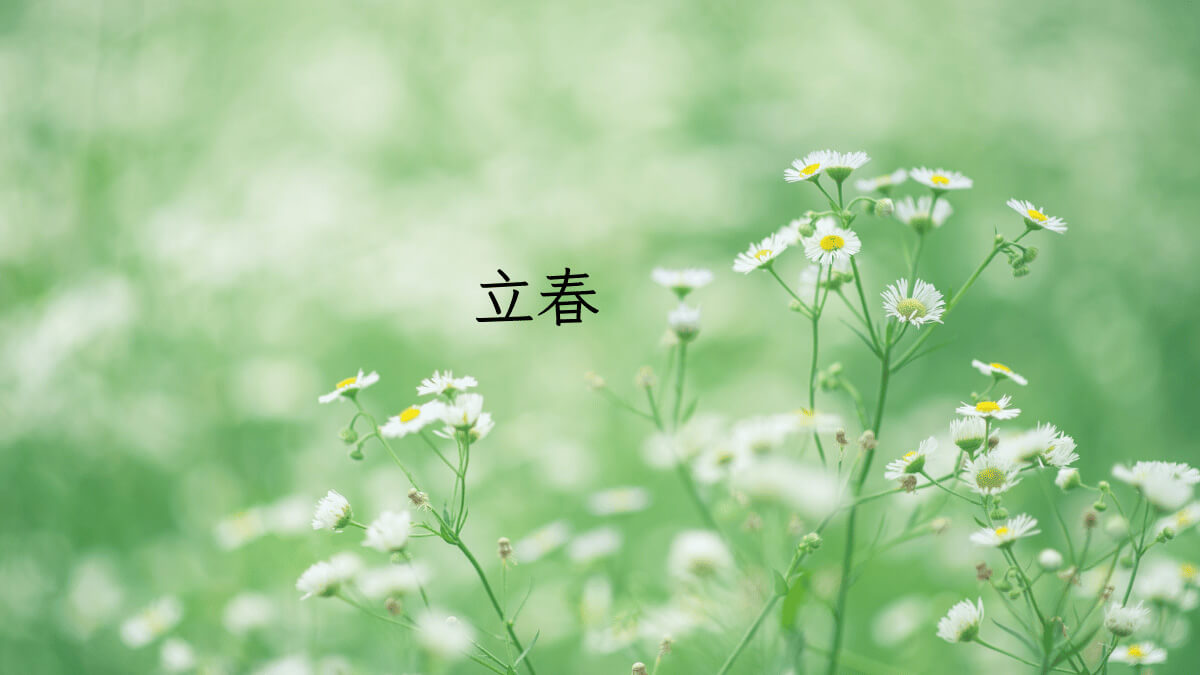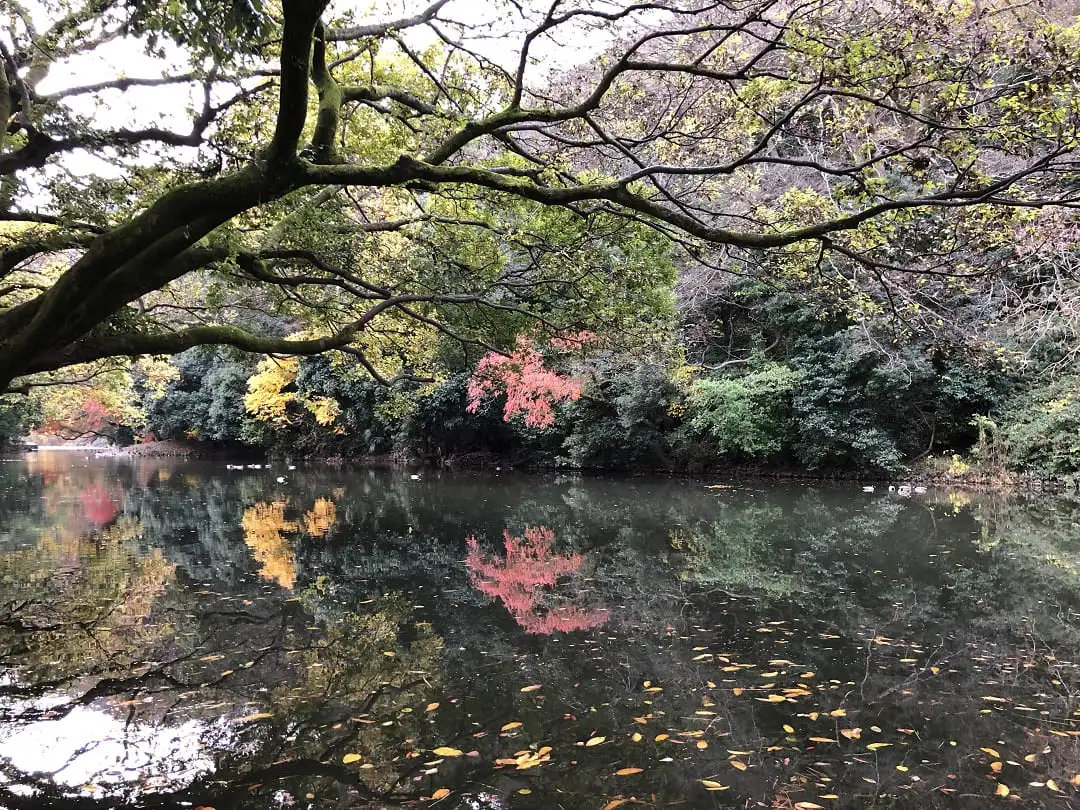The Awakening of Spring: Lichun and Its Roots in Chinese Tradition
As the cold grip of winter begins to loosen, China welcomes Lichun, the first of the twenty-four solar terms that have guided agricultural life and cultural traditions for millennia. Known as the "Beginning of Spring," Lichun typically falls between February 3rd and 5th, marking the moment when the sun reaches the celestial longitude of 315 degrees. Though the weather may still carry a chill, Lichun symbolizes renewal, growth, and the promise of warmth. For farmers, it is a signal to prepare the land; for poets and philosophers, it is a metaphor for hope and rebirth. Embedded in both practical necessity and profound symbolism, Lichun reflects the harmony between nature and human life in Chinese culture.

In agrarian societies, timing was everything, and the ancient Chinese developed the solar terms to align farming activities with the earth’s rhythms. Lichun, as the herald of spring, reminds farmers to plow the fields, sow seeds, and repair tools before the busy season arrives. Though modern technology has diminished reliance on such cues, many rural communities still observe these traditions, respecting the wisdom passed down through generations. The term’s significance extends beyond agriculture—it embodies a philosophy of living in sync with nature, a principle deeply rooted in Daoist and Confucian thought. The ancients believed that humans should adapt to seasonal changes, not resist them, and Lichun serves as a reminder of this balance.
Cultural customs surrounding Lichun reveal its enduring importance. One widespread practice is "biting the spring," where people eat fresh vegetables and spring pancakes to welcome the season’s vitality. In northern China, carrots, radishes, and lettuce are chosen for their crispness, symbolizing the earth’s reawakening. Another tradition involves making paper-cut swallows, birds synonymous with spring, to decorate windows and doors. These small rituals connect people to the natural world, reinforcing a sense of continuity and gratitude for the earth’s bounty. Meanwhile, in southern China, villagers may perform ceremonial dances or offer sacrifices to the god of agriculture, praying for a fruitful year ahead. Such customs highlight how Lichun bridges the practical and the spiritual, uniting communities in shared hope.

Literature and art have long celebrated Lichun as a time of poetic inspiration. Classical Chinese poetry abounds with verses praising the return of spring—the melting snow, the first buds on willow branches, and the lengthening daylight. Poets like Du Fu and Li Bai immortalized the season’s beauty, weaving themes of optimism and resilience into their works. Even today, calligraphers and painters depict Lichun through elegant strokes, capturing the delicate balance between stillness and movement as nature stirs from slumber. This artistic legacy underscores how deeply the solar terms are woven into China’s cultural identity, transcending their agricultural origins to become symbols of artistic and philosophical expression.
For modern urban dwellers, Lichun may no longer dictate daily life, but its essence persists. Cities host spring festivals, markets overflow with seasonal produce, and families gather to share meals that honor the turning of the seasons. Environmental movements also draw inspiration from traditional solar terms, advocating for sustainable living in tune with nature’s cycles. In this way, Lichun remains relevant, a timeless reminder of humanity’s bond with the natural world.
From the farmer’s field to the poet’s brush, Lichun represents more than a date on the calendar—it is a cultural touchstone, a moment of transition, and a celebration of life’s perpetual renewal. As the earth warms and the first green shoots emerge, Lichun invites all to pause and reflect on the enduring wisdom of living harmoniously with the seasons.



